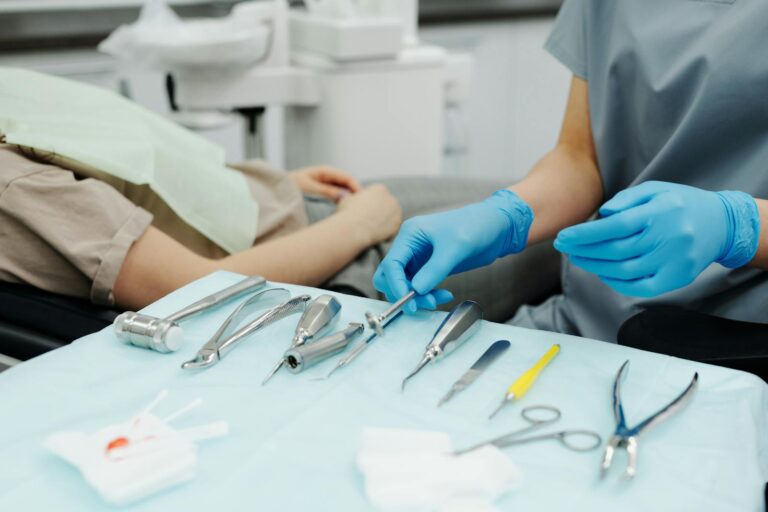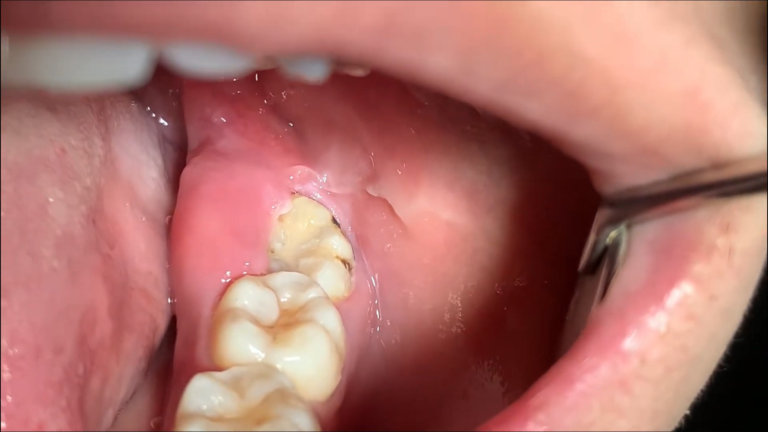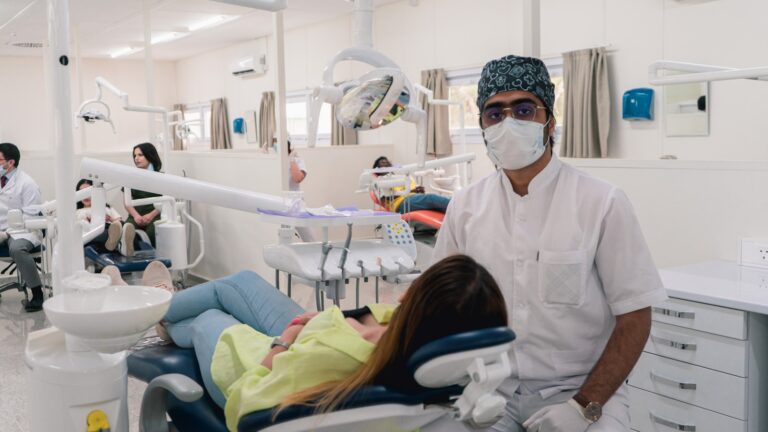When Can I Exercise After Wisdom Tooth Removal?
If you’re an active person, one of your first questions after wisdom tooth removal might be: “When can I start exercising again?” While staying fit is important, jumping back into physical activity too soon can increase your risk of complications, including prolonged bleeding, swelling, and dry socket. In this guide, we’ll break down the best timeline for resuming exercise and what precautions to take for a smooth recovery.
Why You Shouldn’t Exercise Immediately After Wisdom Tooth Removal
During the first 24 to 72 hours, your body needs to focus on healing. Intense physical activity can:
- Increase blood pressure, which may cause excessive bleeding at the extraction site.
- Dislodge the blood clot, leading to a painful condition called dry socket.
- Worsen swelling and discomfort, making recovery longer.
Recommended Timeline for Resuming Exercise
Day 1-2: Complete Rest
Avoid all exercise, including light activities.
- Focus on resting, hydrating, and following your dentist’s aftercare instructions.
- Avoid bending over, lifting heavy objects, or engaging in any activity that increases heart rate.
- Even walking for long periods could lead to increased bleeding.
Day 3-5: Light Movement (Only If You Feel Ready)
Gentle walking is okay, but avoid strenuous workouts.
- If swelling and pain are minimal, you can start with short, slow walks.
- Avoid anything that involves jumping, running, or lifting weights.
- Stay hydrated and monitor for increased bleeding or pain—if this happens, stop immediately.
Day 5-7: Gradual Return to Low-Impact Exercise
You may begin light, low-impact workouts.
- Activities like stationary cycling, gentle yoga (without inversions), and slow-paced bodyweight exercises may be safe.
- Avoid high-intensity workouts, heavy lifting, and contact sports.
- If you feel any throbbing or discomfort, take a break and resume rest.
Week 2: Resuming More Intense Workouts
Most patients can return to moderate exercise by this time.
- If you’ve had a smooth recovery with no complications, you can begin running, resistance training, and more dynamic exercises.
- Be cautious of clenching your jaw or grinding your teeth during weightlifting, as this can cause discomfort.
- Stay hydrated and continue to avoid exercises that put pressure on your head or jaw.
Week 3-4: Full Return to Normal Exercise
You can now resume all types of workouts, including high-intensity training and heavy lifting.
- Make sure you’re fully healed before engaging in combat sports, heavy weightlifting, or high-contact activities.
- If you still feel discomfort, consult your dentist before pushing yourself too hard.
Signs You Should Stop Exercising and Rest
If you experience any of the following, pause your workout and rest: Increased bleeding or oozing from the extraction site.
Throbbing pain or worsening discomfort.
Dizziness or lightheadedness (often a sign of dehydration or overexertion).
Swelling that worsens instead of improving.
Tips for Exercising Safely After Wisdom Tooth Extraction
Listen to your body—if something feels off, stop immediately.
Stay hydrated to prevent dry mouth and aid healing.
Avoid clenching your jaw during workouts to reduce tension.
Start slow and gradually build intensity to avoid straining your body.
Follow your dentist’s aftercare instructions for the best recovery.
Final Thoughts
While it’s tempting to get back to your workout routine quickly, giving your body time to heal is crucial. Most people can return to light exercise after 3–5 days, with moderate workouts in about a week, and full workouts within 2–4 weeks. Always listen to your body and consult your dentist if you’re unsure about when it’s safe to resume exercise.






